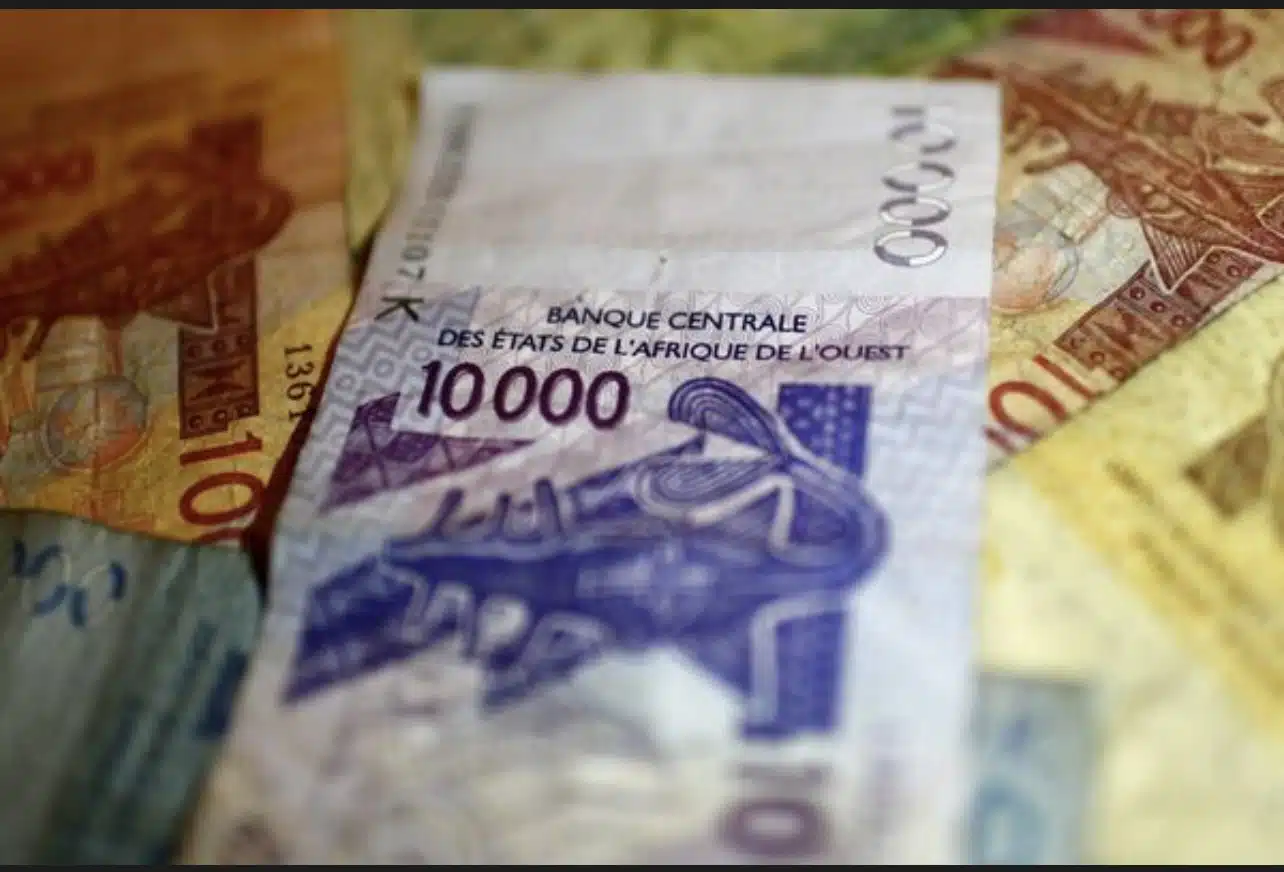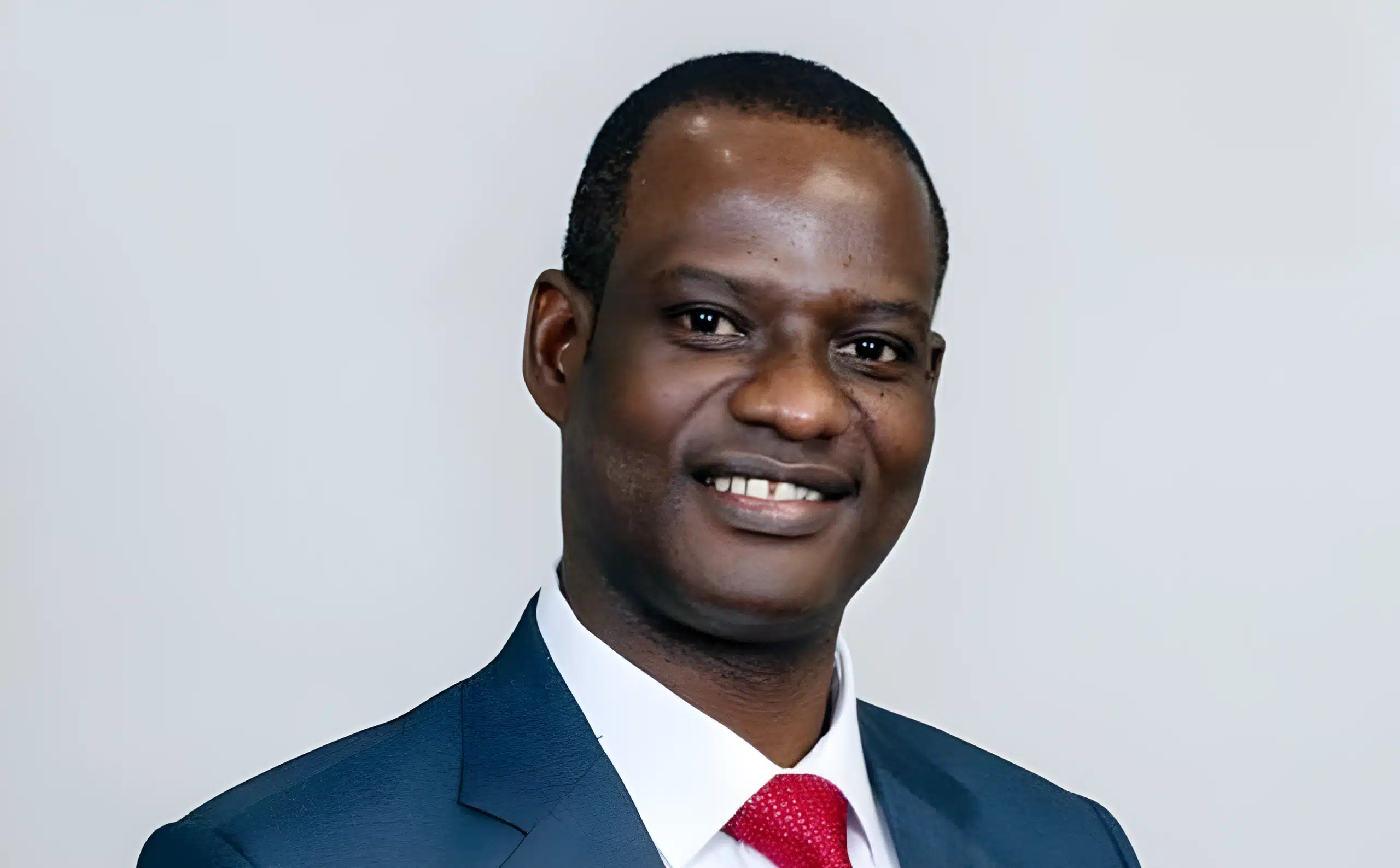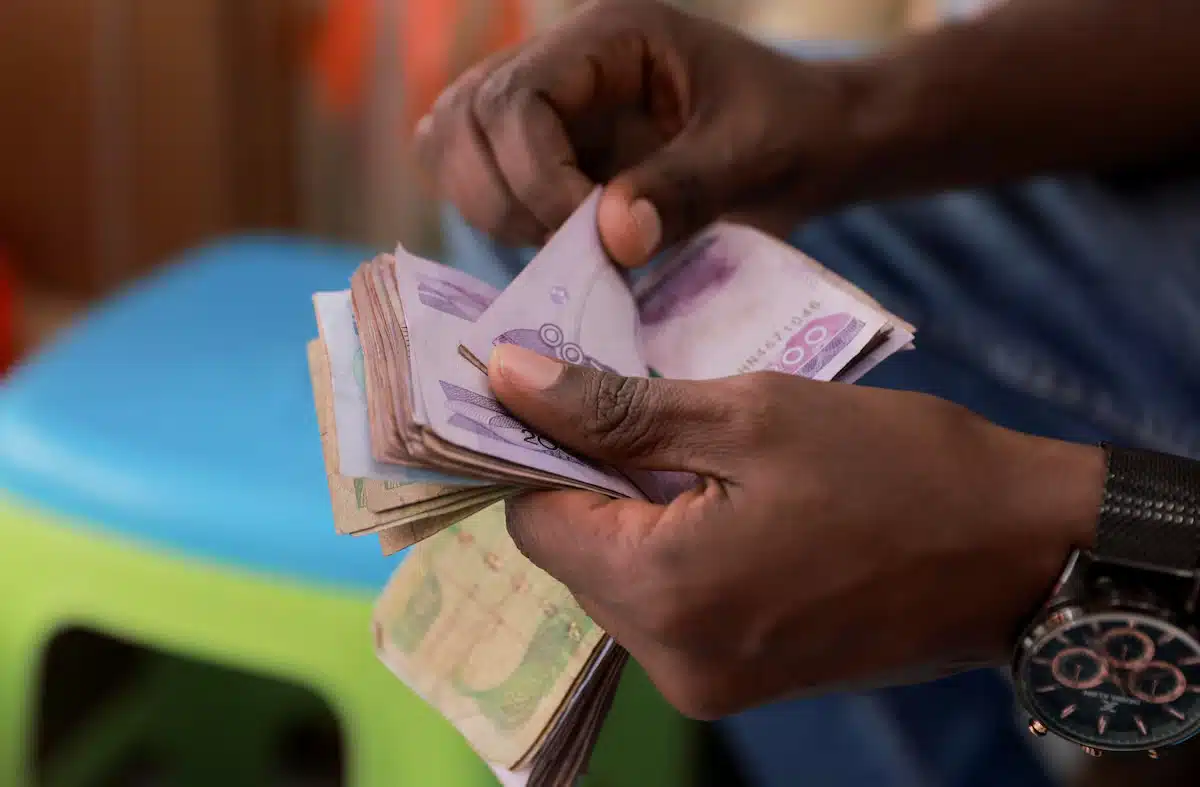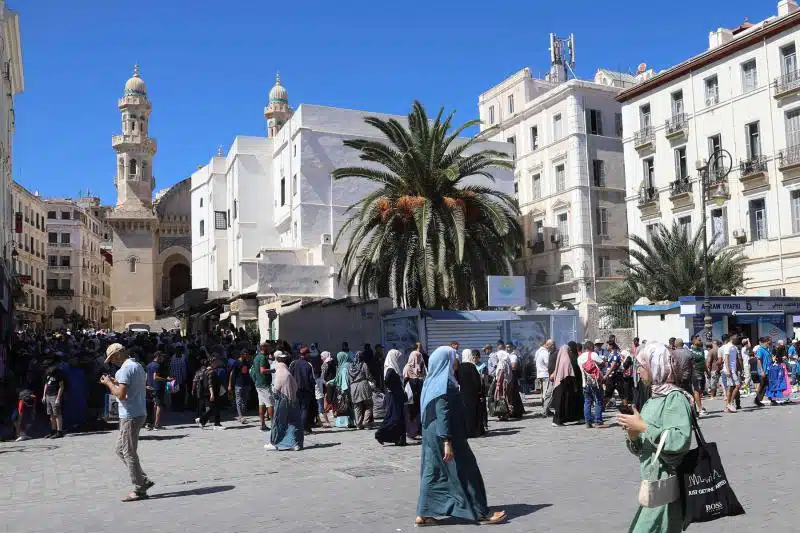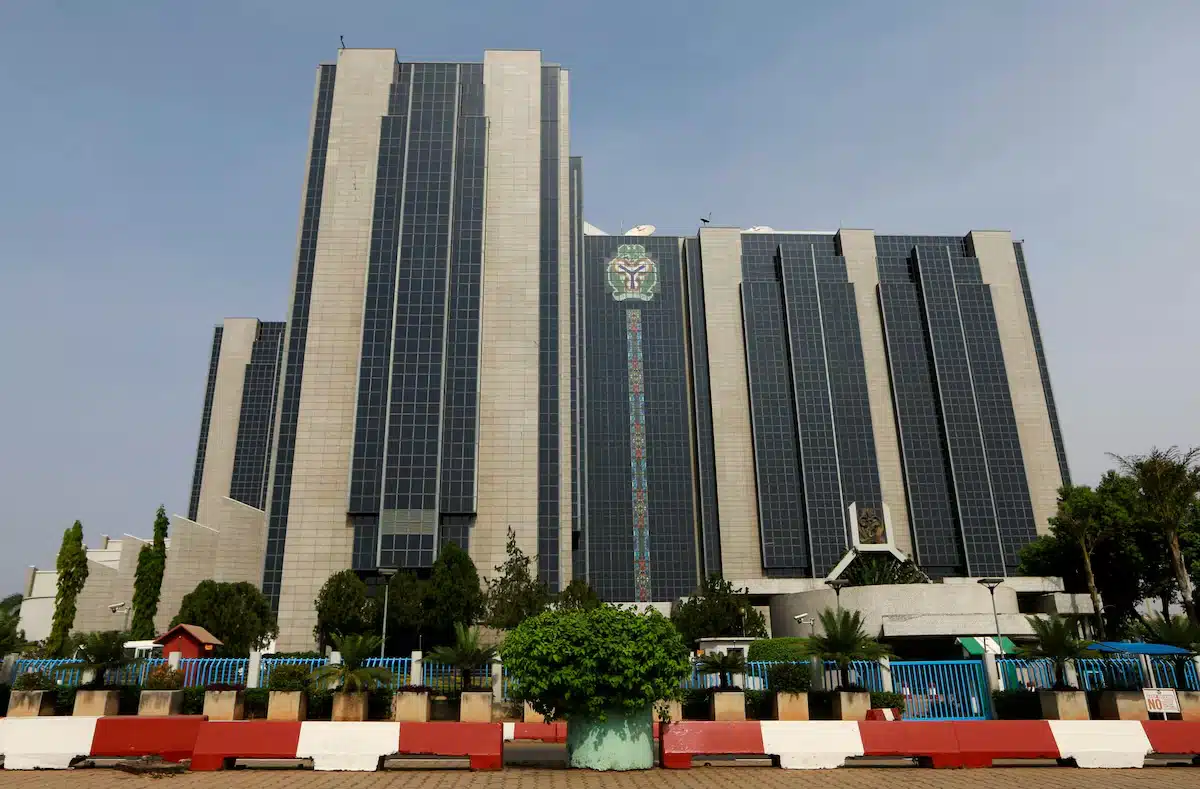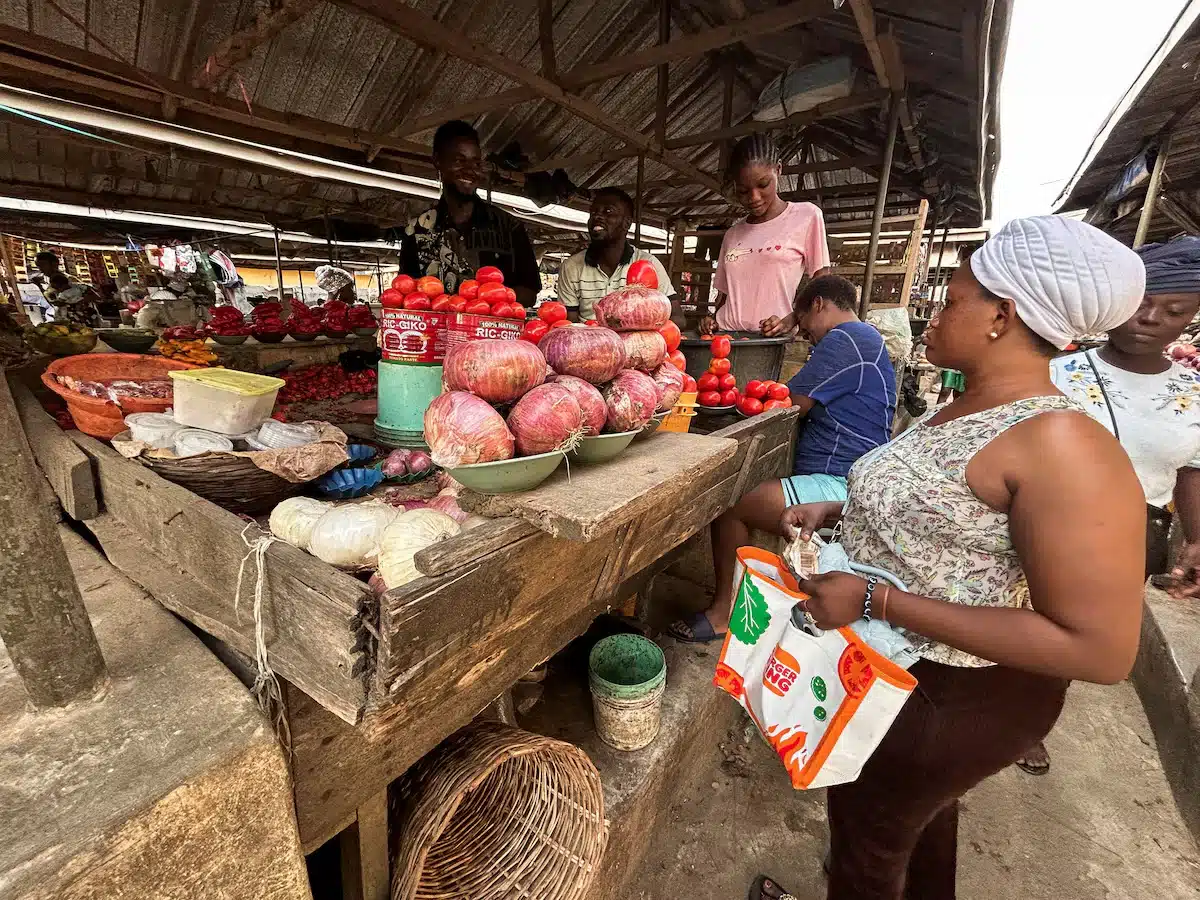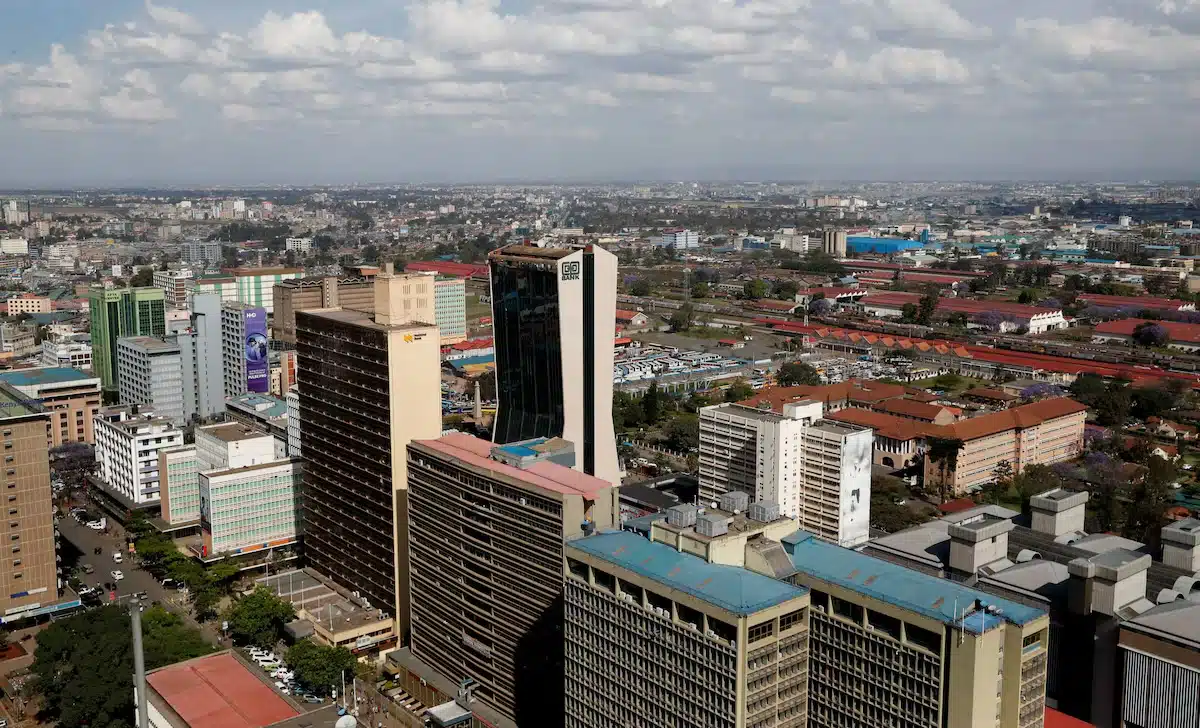Senegal has raised $644 million (364 billion CFA francs) in its second bond sale of 2025, drawing strong demand from regional investors even as ratings agency S&P Global cut the country’s credit score for the second time in five months.
On Monday, the ratings agency lowered Senegal’s long-term foreign credit rating to B− with a negative outlook, citing rising debt levels, following a similar downgrade in February.
Despite the cuts, the fundraising round, which ran from June 19 to July 8, surpassed the government’s initial target of $531 million (300 billion CFA francs), the finance ministry said in a statement released Tuesday.
The offer was arranged by Dakar-based investment firm CGF Bourse alongside Société Générale’s Senegalese unit, the statement added.
The sale is part of the government’s broader efforts to widen domestic financing sources, deepen the local capital market, and manage debt more sustainably.
“In a challenging economic environment, this fundraising effort enhances the credibility of Senegal’s financial signature,” the ministry said.
An audit of public finances released in September 2024 uncovered as much as $13 billion in previously unreported debt obligations, according to S&P’s review on Monday.
The new liabilities pushed the country’s debt-to-GDP ratio to 118%—one of the highest in Africa—prompting the latest downgrade.
Despite the growing debt burden, the bond sale was oversubscribed by 21%, with the finance ministry attributing the interest to renewed investor confidence in Senegal’s economic trajectory.
Proceeds from the sale have been earmarked for fiscal recovery, economic stimulus, and easing short-term debt service pressures, the statement said.
The bonds also qualify for refinancing by local banks, providing a liquidity boost to the financial sector.
Facing tighter global credit conditions, Senegal has increasingly turned to the West African regional market to finance its budget.
The country began producing oil and gas in 2024, which the government hopes will ease fiscal pressures over time.
As part of its economic overhaul, Senegal has also announced plans to rebase its GDP using updated economic data.
Barclays, the British investment bank, estimated in a public notice on Wednesday that the rebased figures could raise nominal GDP by 15% to 25%, potentially reducing the debt ratio to near or below 100%.
NB:The fiscal figures were converted to U.S dollars using the exchange rate of 564.6 CFA francs/$1 as of July 16, 2025.

